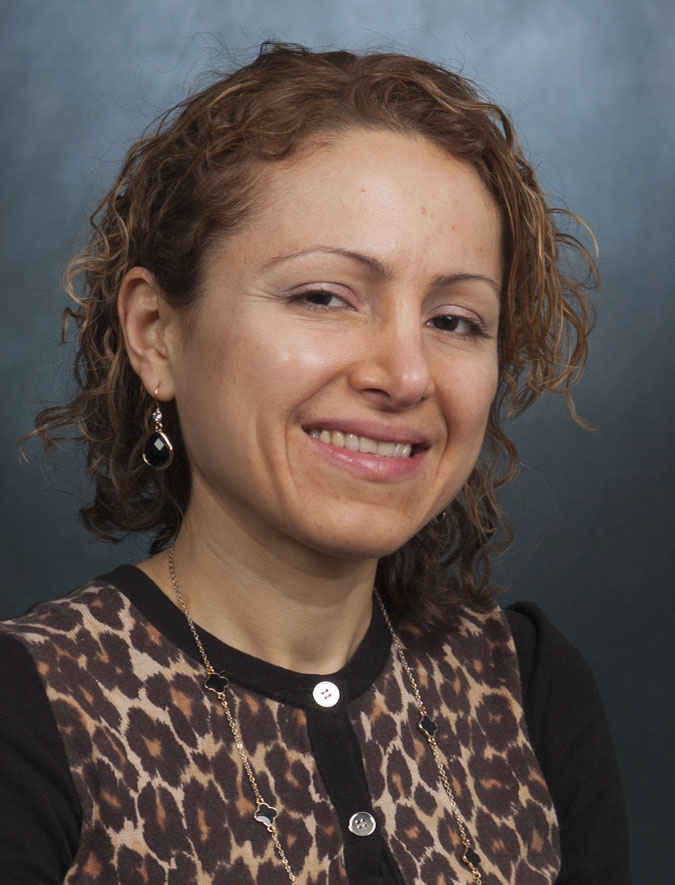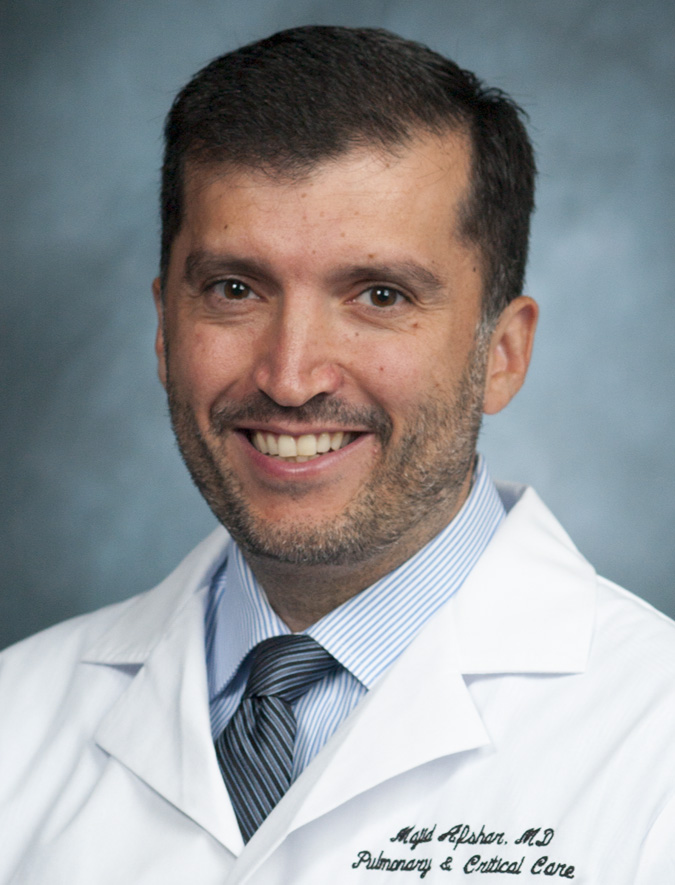Development and multimodal validation of a substance misuse algorithm for referral to treatment using artificial intelligence (SMART-AI): a retrospective deep learning study. Journal Article
Local Library Link: Find It @ Loyola
| Authors: | Afshar, M; Sharma, B; Dligach, D; Oguss, M; Brown, R; Chhabra, N; Thompson, HM; Markossian, T; Joyce, C; Churpek, MM; Karnik, NS |
| Article Title: | Development and multimodal validation of a substance misuse algorithm for referral to treatment using artificial intelligence (SMART-AI): a retrospective deep learning study. |
| Abstract: | BACKGROUND: Substance misuse is a heterogeneous and complex set of behavioural conditions that are highly prevalent in hospital settings and frequently co-occur. Few hospital-wide solutions exist to comprehensively and reliably identify these conditions to prioritise care and guide treatment. The aim of this study was to apply natural language processing (NLP) to clinical notes collected in the electronic health record (EHR) to accurately screen for substance misuse. METHODS: The model was trained and developed on a reference dataset derived from a hospital-wide programme at Rush University Medical Center (RUMC), Chicago, IL, USA, that used structured diagnostic interviews to manually screen admitted patients over 27 months (between Oct 1, 2017, and Dec 31, 2019; n=54?915). The Alcohol Use Disorder Identification Test and Drug Abuse Screening Tool served as reference standards. The first 24 h of notes in the EHR were mapped to standardised medical vocabulary and fed into single-label, multilabel, and multilabel with auxillary-task neural network models. Temporal validation of the model was done using data from the subsequent 12 months on a subset of RUMC patients (n=16?917). External validation was done using data from Loyola University Medical Center, Chicago, IL, USA between Jan 1, 2007, and Sept 30, 2017 (n=1991 adult patients). The primary outcome was discrimination for alcohol misuse, opioid misuse, or non-opioid drug misuse. Discrimination was assessed by the area under the receiver operating characteristic curve (AUROC). Calibration slope and intercept were measured with the unreliability index. Bias assessments were performed across demographic subgroups. FINDINGS: The model was trained on a cohort that had 3·5% misuse (n=1?921) with any type of substance. 220 (11%) of 1921 patients with substance misuse had more than one type of misuse. The multilabel convolutional neural network classifier had a mean AUROC of 0·97 (95% CI 0·96-0·98) during temporal validation for all types of substance misuse. The model was well calibrated and showed good face validity with model features containing explicit mentions of aberrant drug-taking behaviour. A false-negative rate of 0·18-0·19 and a false-positive rate of 0·03 between non-Hispanic Black and non-Hispanic White groups occurred. In external validation, the AUROCs for alcohol and opioid misuse were 0·88 (95% CI 0·86-0·90) and 0·94 (0·92-0·95), respectively. INTERPRETATION: We developed a novel and accurate approach to leveraging the first 24 h of EHR notes for screening multiple types of substance misuse. FUNDING: National Institute On Drug Abuse, National Institutes of Health. |
| Journal Title: | The Lancet. Digital health |
| Publisher: | Unknown |
| Date Published: | 2022 |
LUC Authors
-
 44
44Markossian -
 69
69Afshar -
 201
201Joyce
Related LUC Article
